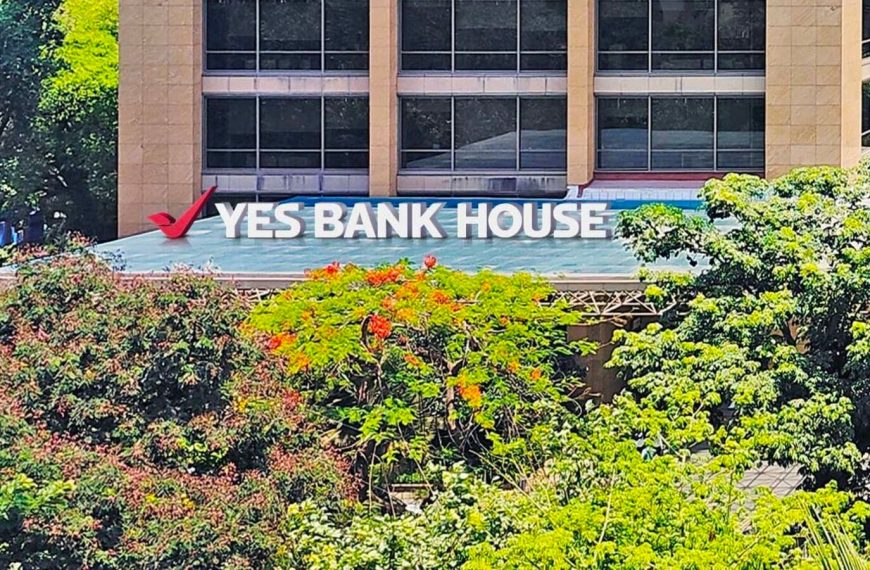As Indian stock market investors gear up for the upcoming week, the recent Q4 results for 2025 have sparked interest in key Public Sector Undertaking (PSU) banking stocks—Canara Bank, Punjab National Bank (PNB), and Bank of Baroda (BoB). Despite recent market turmoil stemming from escalating tensions between India and Pakistan, shares of these banks saw positive movements. Analysts predict that these PSU stocks will continue to attract investor attention when trading resumes.
Analyzing Q4 Results for 2025
In the latest quarterly review, Seema Srivastava, a Senior Research Analyst at SMC Global Securities, highlighted the competitive landscape among the three banks. "After analyzing the Q4 FY2025 results, it’s clear that PNB and BoB have shown stronger performance metrics, while Canara Bank may lag in several key areas," she remarked.
- PNB recorded a remarkable 14.03% year-on-year growth in global business, reaching ₹26.83 lakh crore.
- Global deposits surged by 14.38%, and advances rose by 13.56%, with Retail, Agriculture, and MSME advances climbing an impressive 15.89%.
- BoB followed closely with a 12.8% increase in global advances and a notable 19.4% growth in retail loans, while global deposits grew by 10.3%.
- Canara Bank, although showing modest growth, reported an 11.74% rise in global gross advances and a 9.56% increase in domestic deposits.
Profitability Insights
When it comes to profitability metrics, PNB emerges as a frontrunner with the highest Return on Equity (RoE) at 19.33% and a marked improvement in Return on Assets (RoA) reaching 0.97%. Its Net Interest Income (NII) also saw a 6.7% increase, totaling ₹42,782 crore, though its Net Interest Margin (NIM) remained unchanged at 2.93%.
- Bank of Baroda boasts the highest NIM at 3.02%, with an RoA of 1.16% and RoE of 16.96%.
- In contrast, Canara Bank experienced a 1.44% drop in NII and a significant 34 basis point decline in NIM to 2.73%, despite a 12.14% YoY increase in operating profit and a net profit rise exceeding 33%.
Asset Quality Comparison
On the asset quality front, Bank of Baroda leads with the lowest Gross NPA at 2.26% and Net NPA at 0.58%, showing strong improvement compared to last year. Although PNB did not disclose its NPA ratios, it achieved the highest Provision Coverage Ratio (PCR) at 96.82% and a notable reduction in credit costs. Meanwhile, Canara Bank reported improvements in GNPA and NNPA, now at 2.94% and 0.70%, respectively, with a PCR of 92.7%.
Investment Perspectives
From a fundamental analysis standpoint, Seema Srivastava advised that PNB is the best option for those seeking high growth and improving profitability. In contrast, Bank of Baroda is more appealing for conservative investors focused on strong asset quality. Canara Bank, while showing positive profit growth, is less enticing due to declining NII and NIM, making PNB and BoB more suitable for investment consideration post-Q4 FY25.
Technical Outlook for Investors
From a technical perspective, Ganesh Dongre, Senior Manager of Technical Research at Anand Rathi, noted that Canara Bank currently presents a more attractive setup compared to PNB and BoB. The stock has formed a bullish engulfing pattern on the monthly chart, indicating potential upward momentum. With a medium-term target of ₹125 to ₹130, and trading around ₹95 to ₹100, Canara Bank offers a favorable risk-reward ratio, especially with a well-placed stop loss at ₹75.
Conversely, Bank of Baroda is currently in a consolidation phase, trading between ₹200 to ₹250. A breakout from this range could dictate its next significant movement. As for PNB, despite a significant correction, it lacks a clear technical setup, suggesting limited upside potential in the near term.
Investors should weigh these insights carefully as they navigate the evolving landscape of PSU bank stocks. Whether you’re drawn to growth, asset quality, or technical setups, the upcoming weeks promise to be critical for making informed investment decisions.











